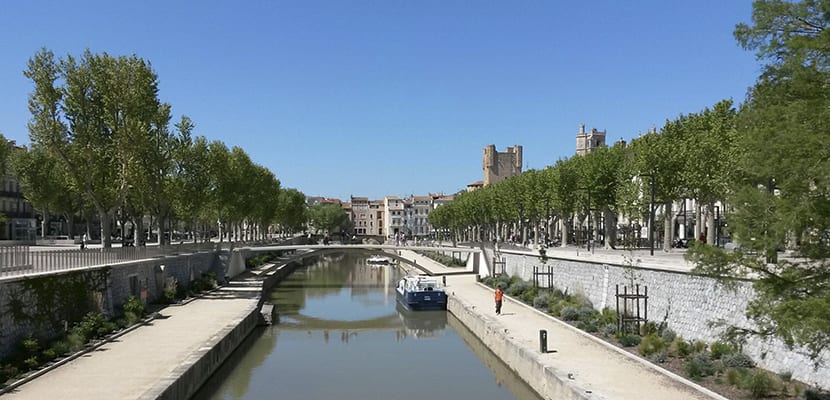
La Narbonne city is a French commune which is part of the department of Aude, in the region of Occitania, in the south of France. This area was already populated before Christ, with a Roman colony that was the first outside of Italy. It became one of the most important cities in Gaul. The Via Domitia that linked Italy with Spain passed through it.
We are going to know everything that is interesting about Narbonne city in France. In this country there are small cities and places of interest beyond Paris, from Carcassonne to Bordeaux and also Narbonne. These types of destinations are ideal to visit in a couple of days, so we are going to list the places of interest.
The Narbonne Canal
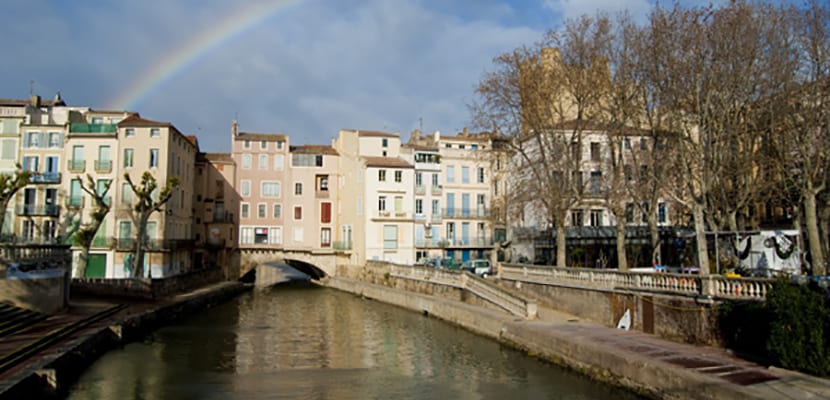
The channels are very important in France, since they constituted a very important part in the commercial communications. These river channels such as the famous Canal du Midi are already part of the country's history and although they are no longer used to promote the economy, the truth is that they currently have a great tourist attraction. In the city of Narbonne you will find the Canal de la Robine as it passes through the river Aude. East canal has been declared a World Heritage Site by UNESCO. It is a lateral branch of the Canal du Midi and through it it connects with the Mediterranean. It is possible to walk along the banks and also navigate the 32 kilometers of the canal. Not to be missed Le Pont des Marchands, one of the only two covered and inhabited bridges in France that reminds us of those in Italy. It dates back to the XNUMXst century BC. C. and had six arches although at present only one remains.
Cathedral of San Justo and San Pastor
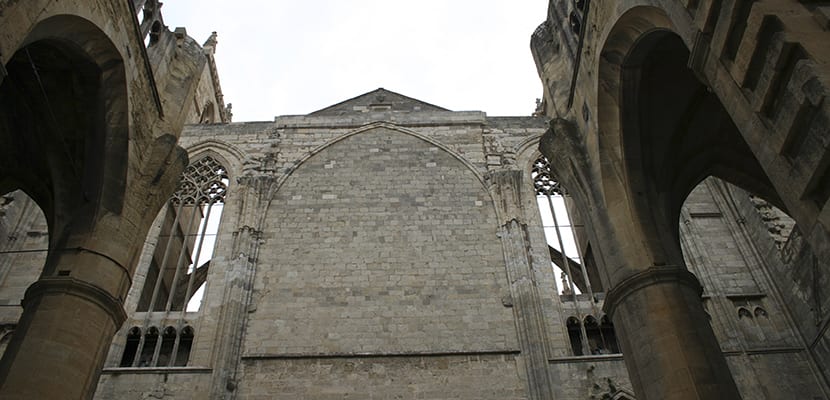
This cathedral It started in the XNUMXth century and ended a century later. It is a Gothic-style cathedral, the third tallest in France. It replaced a church in the XNUMXth century and a curiosity is that it was never completely finished, as there are some unfinished finishers that can be shown on guided tours. Part of the cloister is unfinished, since the construction was stopped because to continue with them it would be necessary to throw away part of a Roman wall. Its style is similar to that of the cathedrals in the north of the country, since it has a certain air of Notre Dame de Paris. Inside the cathedral, we must highlight the wooden stalls, the wooden organ and the altarpieces. Its altar is made of marble and bronze.
Roman Horreum
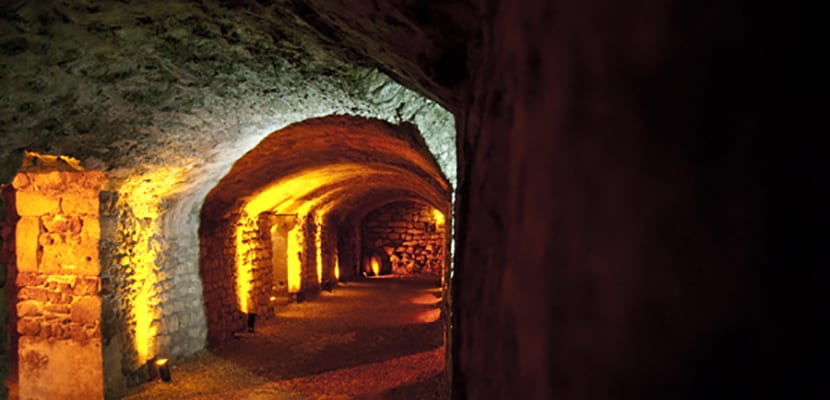
This is the only Roman monument that currently exists in the city. When the city was a Roman settlement called Narbonne Martius, it was a very important commercial port on the Mediterranean. This area was part of that ancient city that today has almost completely disappeared. It is believed that it was a place that was used to store grain and wine, like the granaries that are in the countryside. They are underground galleries 5 meters deep. Today you can see some parts, but it is difficult to excavate because they are part of some buildings that are on the surface.
Tower and Palace of the Azobispos
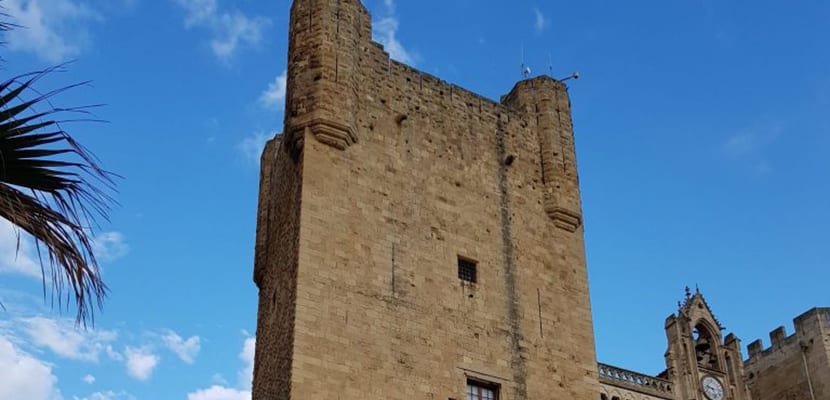
This building is located right next to the cathedral. It's a old building from the XNUMXth century but it is still used to this day. Inside the tower is the City Hall and also the Art Museum and the Archaeological Museum. It is possible to climb the 160 steps of the tower to have the best views of the city. Right in front of the Town Hall is where the stones that were part of Via Domitia, the road that communicated Italy with Spain through France, are found.
Fontfroide Abbey
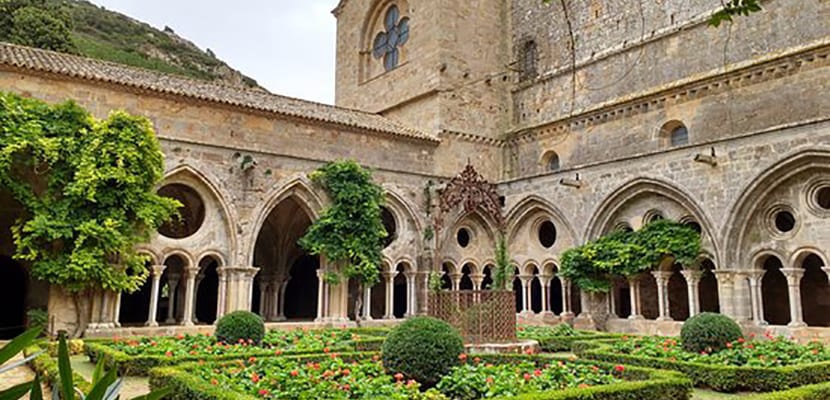
This abbey is only 14 kilometers from the city of Narbonne. It was founded in the XNUMXth century as a Benedictine abbey and became a Cistercian abbey. In the abbey there is a XNUMXth century church and it also has a XNUMXth century cloister. In the XNUMXth century this abbey was sold to private individuals which are the ones that have kept it in good condition since then. This abbey has attractions such as the Court of Honor and the Lego Brothers building. In the courtyard of Louis XIV there is a wonderful fountain. The Callejón de los Hermanos Legos is an arched passage that leads to the church so as not to disturb the monks. Also important is the Rose Garden, with thousands of roses and the Church of foreigners where pilgrims and foreigners could attend masses. The guided tour takes about an hour. One of the most interesting things is that this abbey can be visited at night, with the illuminated areas and a totally special atmosphere.